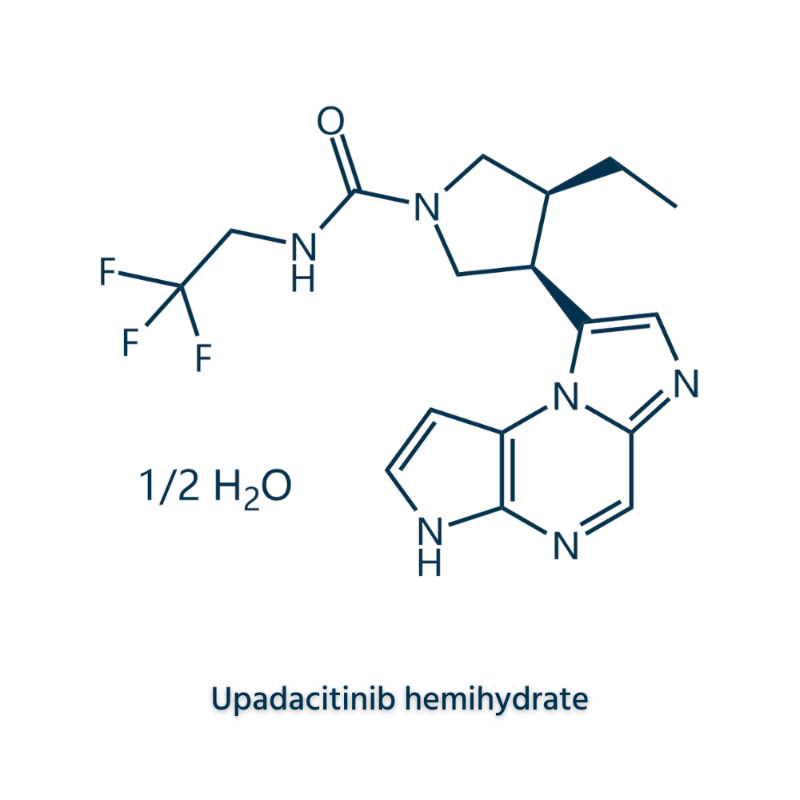-
Categories
-
Pharmaceutical Intermediates
-
Active Pharmaceutical Ingredients
-
Food Additives
- Industrial Coatings
- Agrochemicals
- Dyes and Pigments
- Surfactant
- Flavors and Fragrances
- Chemical Reagents
- Catalyst and Auxiliary
- Natural Products
- Inorganic Chemistry
-
Organic Chemistry
-
Biochemical Engineering
- Analytical Chemistry
-
Cosmetic Ingredient
- Water Treatment Chemical
-
Pharmaceutical Intermediates
Promotion
ECHEMI Mall
Wholesale
Weekly Price
Exhibition
News
-
Trade Service
Ref: Jacobs DI,et alNeuro Oncol2018 Nov 12;20 (12):1625-1633doi: 10.1093/neuonc/noy119Only 5% to 10% of primary gliomas are family-based, and little is known about the molecular characteristics of familial gliomasDaniel IJacobs of Baylor College of Medicine in Houston and Anderson Cancer Research Center, among others, sequenced molecular profiles of 163 tumor specimens with a family history of glioma (Figure 1), and combined genomic data from reproductive and somatic cells to describe in detail the pathogenesis of 20 glioma patientsThe findings were published in the November 2018 issue of Neuro-OncologyFigure 1A subtype map of 163 family glioma moleculesMolecular subtypes were detected by immunohistochemical method to determine the presence of IDH1 R132H mutations and ATRX deficienciesresearchers performed immunohistochemical analysis on tumor slices fixed and paraffin-buried in Formarin to determine the molecular subtype of gliomaThrough the Illumina Hiseq2000 platform, 20 glioma pathologic specimens were sequenced as exons of tumor DNA and copy number analysis was performed on the Illumina Human Omni Express Bead Chip platformGenotype polymorphismassociated associated with glioma risk is evaluated by reproductive cell DNA data analyzed by Illumina Infinium OncoArray, and further determined by reproductive cell sequencing data to determine whether it is a harmful mutation3 subtypes of extosmacollomas were present in the overall study case seriesThe study's case range included 102 glioblastomas (GBM), 21 cases of glioblastoma and 20 cases of astrocytes Detailed sequencing analysis of 20 of these cases shows specific mutations that occur at a certain frequency Compared to the excretion of gliomas, the characteristic mutations analyzed were associated with genes that regulate telomere length, and all of the mutations involved activation mutations in the shelterin complex gene POT1 or TERF2, TERT gene promoters (TERTp), or loss of functional mutations in ATRX (Figure 2) Figure 2 Mutations in telomere-regulated genes were observed in the family glioma case series in general study, based on changes in molecular subtypes and specific amino acids or nucleotides study shows that the molecular characteristics of familial gliomas largely cover the distribution of gliomas, and that both the molecular characteristics of reproductive cells and somatic cells relate to the core pathways of glioma formation (Figure 3) Through this small sample size study, molecular genetic data of multiple reproductive cells and somatic cells can still be integrated into a series of cases, providing a unique perspective on the pathogenesis of glioma The results reveal the similarity of genetic changes between family and experiential gliomas, as well as the interaction of reproductive and somatic cell mutations in the etiology of gliomas Depending on the degree of gene enrichment of the core pathway, and guiding future sequencing work, signaling pathways can be focused to determine the frequency of mutations in reproductive cells associated with gliomas Identifying the genetic factors of glioma incidence will help to open up new targeted treatment pathways Figure 3 In reproductive cells and somatic cells, the molecules associated with gliomas have a common targeting core pathway The red square indicates that the corresponding type of change is observed in a given gene ("""" represents previous research results; CNA: copy number changes) (
Wang Chengbin compilation, Professor Wang Zhiqiu , of Huashan Hospital affiliated with Fudan University, Editor-in-Chief of "Outside Information" and Professor Chen Qicheng )







